J-Pop is a genre on the rise. It is popular not just in Japan, but also abroad, with 2023 bringing the genre 54.7 billion more streaming plays versus the previous year. While you may be familiar with modern J-Pop artists such as Ado, Yoasobi, or Fujii Kaze, there is one figure whose name looms large in the history of the genre, but is largely unsung in western media: Kasagi Shizuko.
Kasagi Shizuko, who was born Kamei Shizuko in 1914 in Japan’s Kagawa Prefecture, found an early start in the arts through her participation in local traditional dance performances. Despite her instruction in Japanese dance, she was generally self-taught as a vocalist.
As a child, Kasagi joined a small local dance troupe in Osaka, Japan, eventually attaining some semblance of local celebrity status for her roles in musical productions. Her miniature stardom eventually brought her to Tokyo, the capital of Japan.
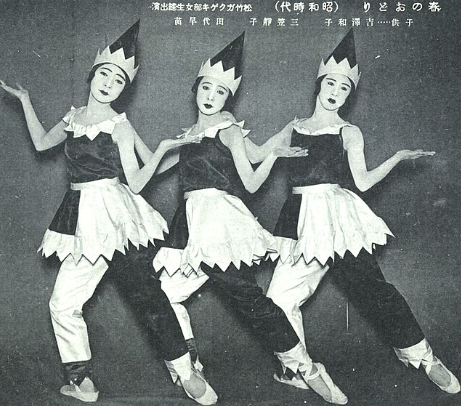
In 1938, Kasagi met Hattori Ryōichi, an up-and-coming composer, who helped her to develop her singing voice. The two began a professional partnership, and Kasagi began to appear in higher profile productions and films.
Hattori’s compositions increasingly included elements in western style, shirking the traditional image of Japanese music with experiments in singing styles like scatting, and genres such as jazz, swing, and most notably boogie-woogie.
This was ryūkōka, a genre which, in English, literally translates to “popular songs.” Mixing the old with the new, the foreign with the domestic, ryūkōka laid the foundation for what would become J-Pop.
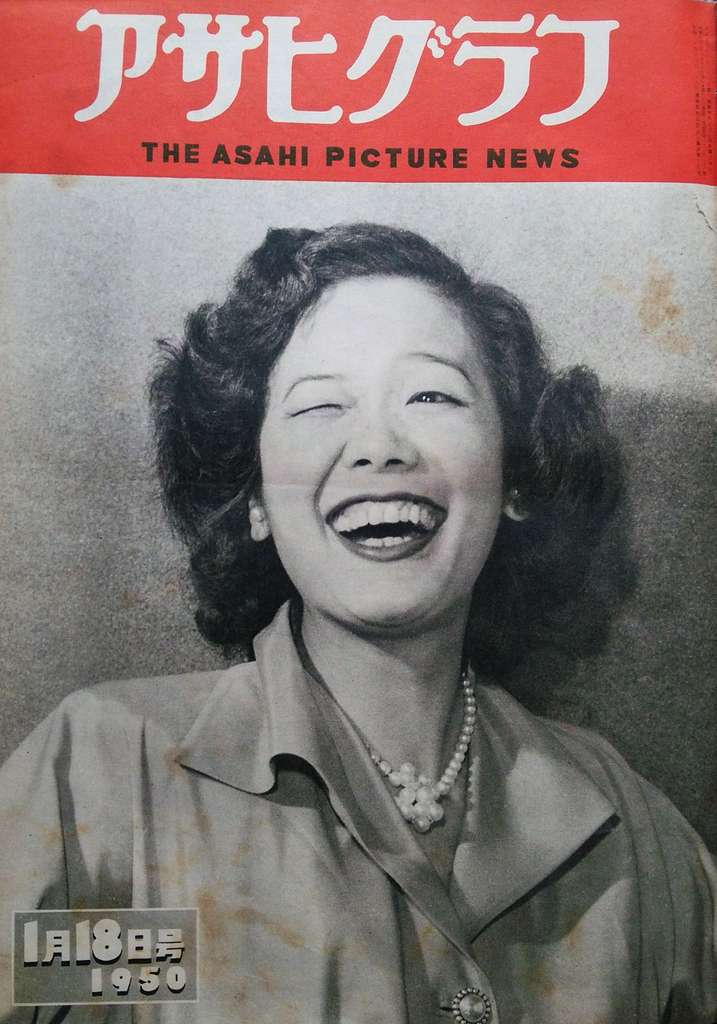
These more avant-garde choices were popular with the Japanese public, which eagerly
consumed the new, foreign-styled music; however, this style invoked the ire of the Japanese government, which sought to root out foreign sympathy during World War II. Kasagi’s performances were heavily restricted, and she was pressured to perform patriotic songs for Japanese workers and soldiers in order to boost morale.
After Japan’s defeat in the war in 1945, the restrictions previously enforced by the government were lifted, and Kasagi’s performances continued. With the 1947 release of Tokyo Boogie Woogie, Kasagi was catapulted to national prominence. Subsequent releases ensured that the boogie-woogie style became synonymous with Kasagi’s name, earning her the popular nickname of Japan’s “Queen of Boogie.”
By now a household name, Kasagi starred in several highly popular films, such as Drunken Angel (1948) and Ginza Kankan Girl (1949); in the former, she debuted a new song, Jungle Boogie, constructed as a subtle critique of the American occupation and popular culture like many other parts of the film.
While Kasagi continued to release hits, such as 1950’s Shopping Boogie, she wasn’t alone in this new era of Japanese music. Fujiyama Ichirō, among other emerging stars of popular music, would eventually branch off into the next generation of Japanese music, called kayōkyoku.
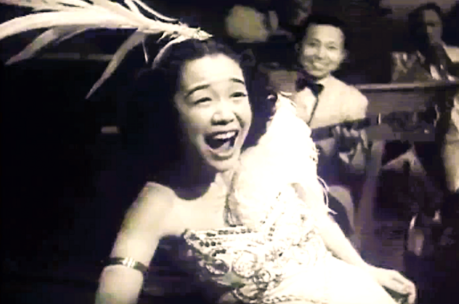
Misora Hibari, a protege of Kasagi’s, represents the bridge between the old days of ryūkōka and the newer phenomena of kayōkyoku and enka, genres that grew from the splicing of Japanese and American music that Kasagi herself pioneered. Misora’s final enka song, Like the Flow of the River (1989), was even voted the greatest Japanese song of all time by NHK, the Japan Broadcasting Corporation.
From the 1960s to 80s, more and more Japanese music artists took a turn towards rock and roll and its affiliated counterculture movements. Rock groups like X Japan sowed the seeds that would later blossom into the modern phenomenon of “idol pop” groups like AKB48 and Morning Musume, focused on the personality and individuality of the members.
Even modern enka artists such as Itsuki Hiroshi and Sakamoto Fuyumi, who are often seen as emblematic of a dying genre, have similarly adapted enka to modern trends. If you look beyond the long name of Itsuki’s 2018 release, VIVA・LA・VIDA!生きてるっていいね!, to give it a listen, you can clearly hear the influence of rock and roll.
Despite its ongoing evolution, J-Pop hasn’t forgotten its roots. Kasagi Shizuko is being recognized more and more today. In 2023, NHK released a television drama based on Kasagi, called Boogie Woogie.
The fictionalized and dramatized version of Kasagi’s life follows a character called Fukurai Suzuko. Fukurai performs a wide array of Kasagi’s classic hits, along with many original songs. The series has brought increased attention to Kasagi’s story, and created a minor resurgence in the popularity of her style of boogie-woogie and swing.
From the ancient and rich musical tradition of Japan through the modernizing influences of ryūkōka, enka and J-Pop are alive and well, with ongoing changes just like the dramatic ones outlined previously. In fact, if you are a J-Pop listener, perhaps your own tastes will be what influences the next generation of Japanese music!
Even if you have never touched J-Pop, the fact remains that these popular artists who are still releasing music today can all trace their roots back to Kasagi Shizuko, Japan’s trailblazing Queen of Boogie.

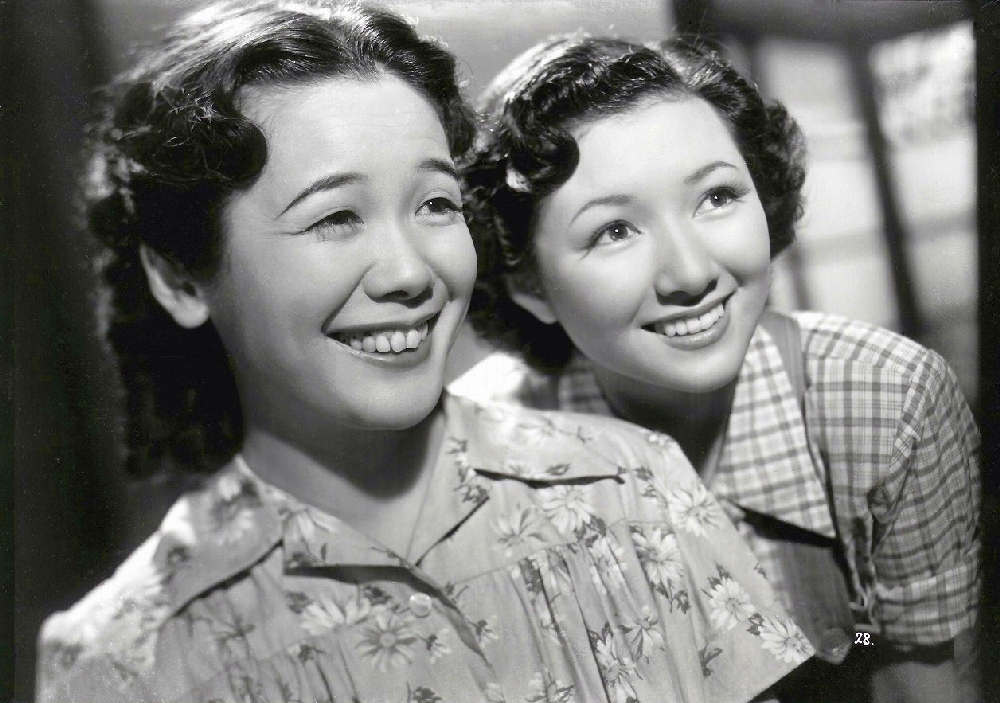
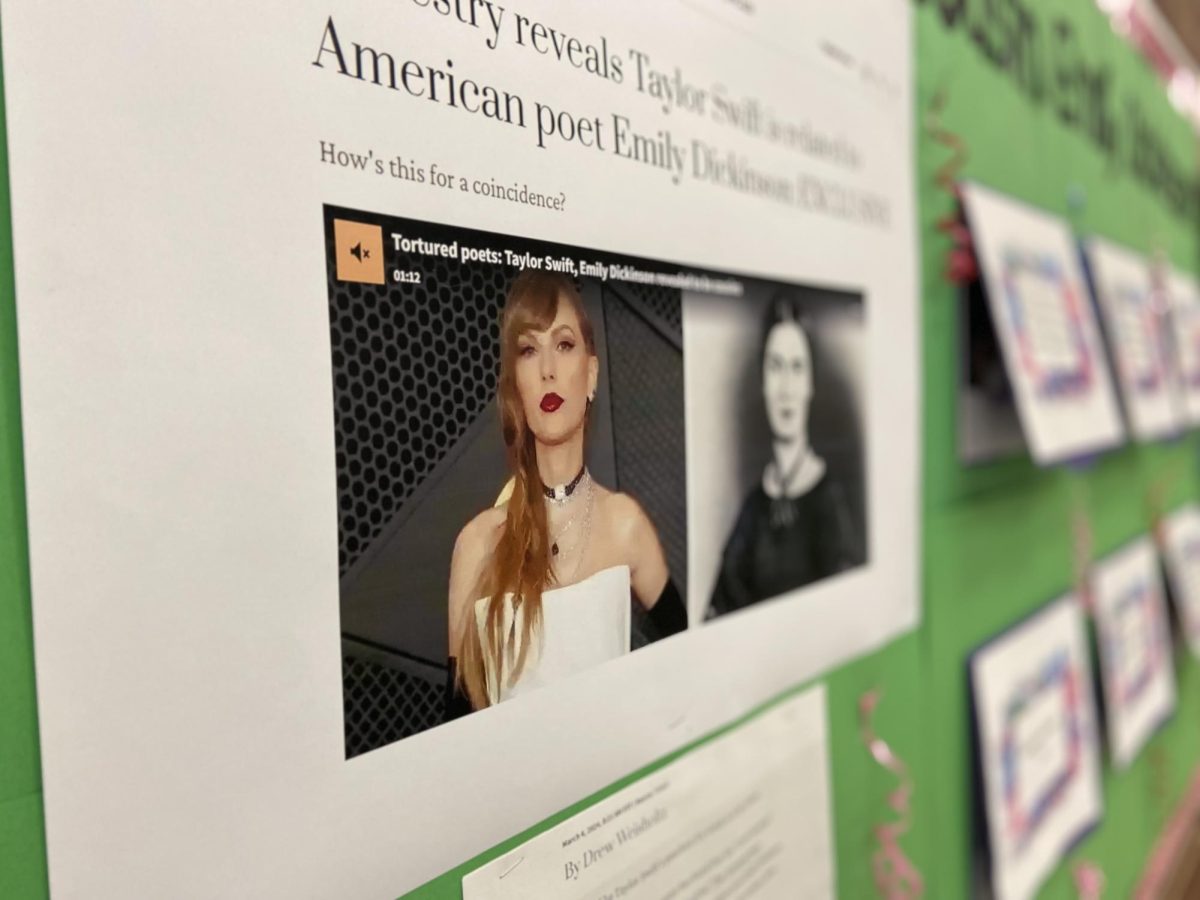

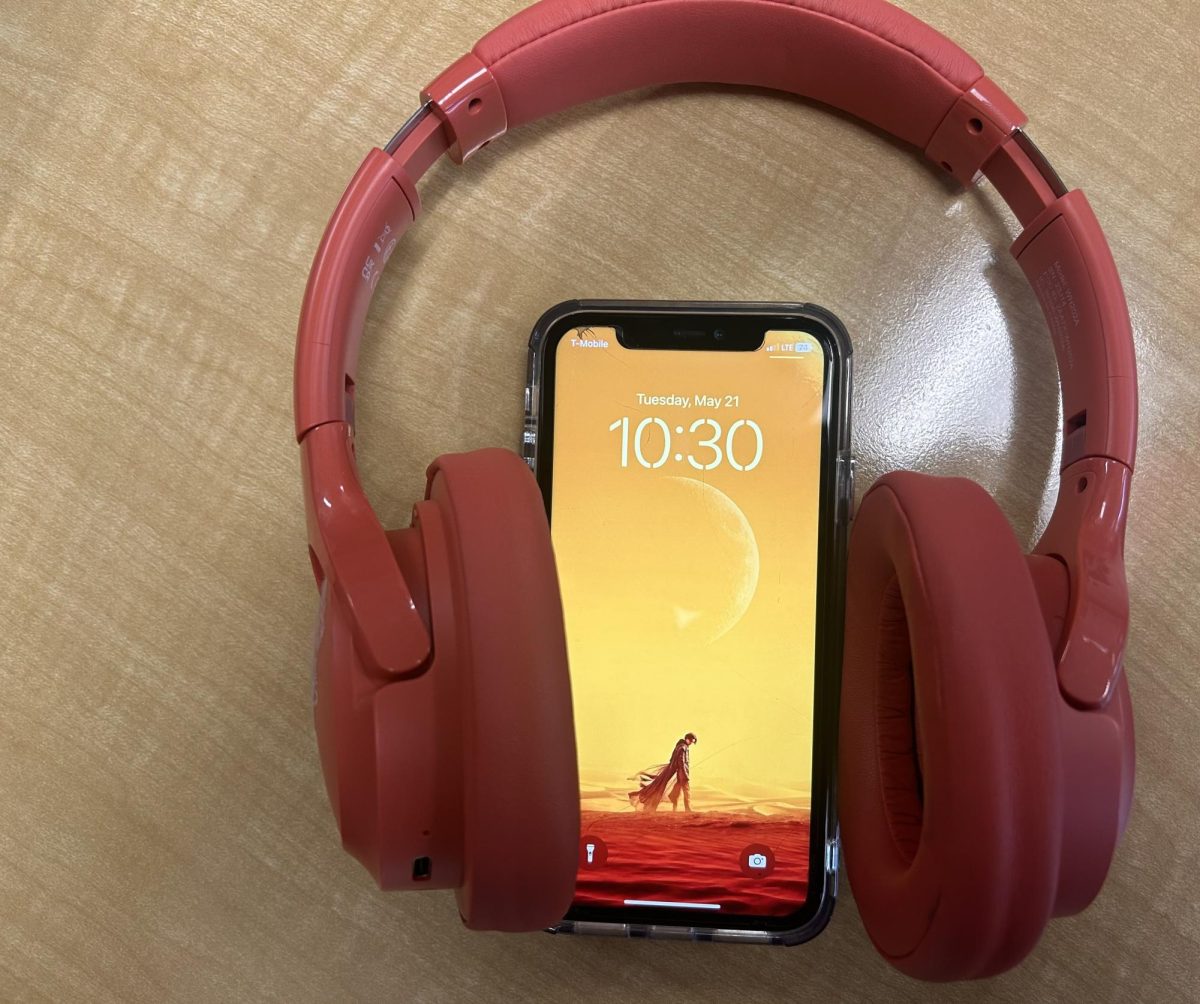

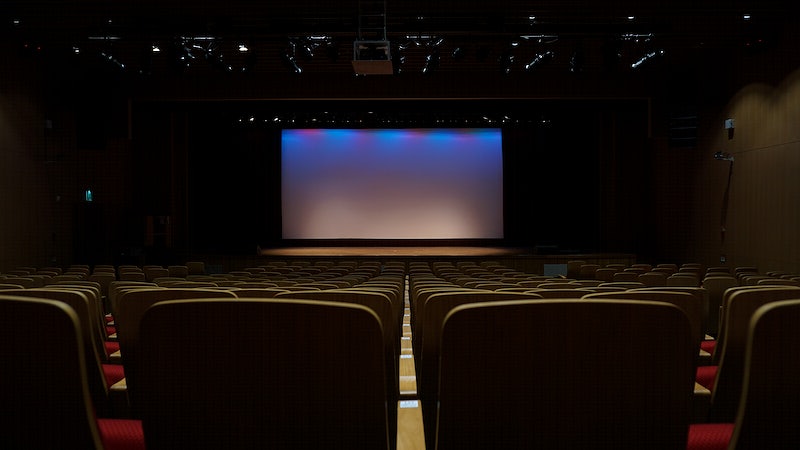
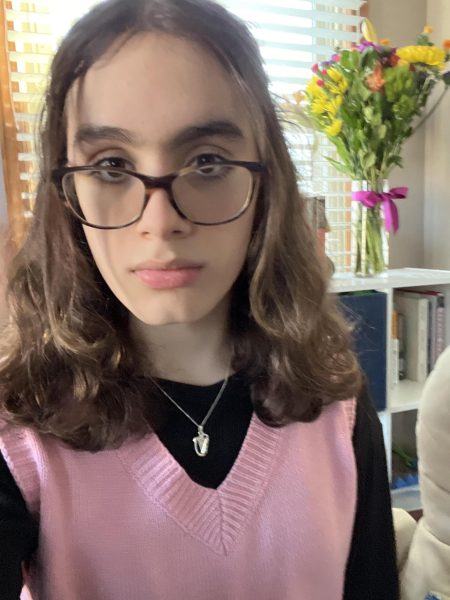
aurora • Mar 19, 2024 at 4:14 pm
eva ur awesome